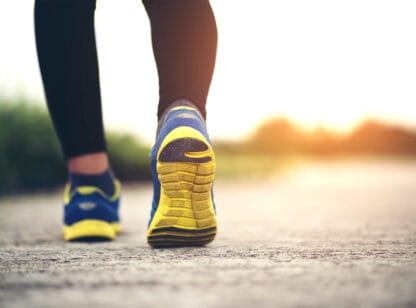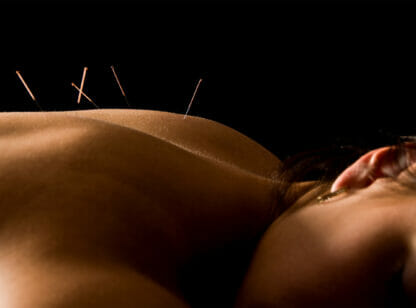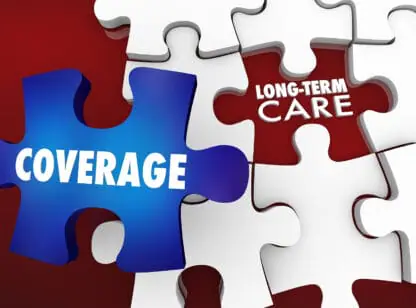This question is one of sports medicine’s greatest challenges — how to get people back into action while allowing sufficient time for healing. What’s alarming is how often a “got to get back” mentality interferes with athletes who are recovering from an injury or surgery.
In order to minimize the risk of re-injury or further damage, each individual should recover at the pace that is right for their body. Whether you are a top-level amateur or weekend warrior, we all need to listen to our body and allow proper rest and recovery time. The rule-of-thumb for this is:
- reduce pain and inflammation by icing the injury for the first 48 to 72 hours
- slowly re-establish range of motion and strength
- begin exercises that are specifically tailored to your sport
Some overuse issues are the result of too much repetitive motion. Golfers in particular, often return to the same movement patterns that got them injured in the first place. If you are one of these golfers, the key is to listen to your body, back off when there is persistent soreness or pain, and work into regaining the necessary range-of-motion and strength required to play the sport.
Golf and tennis are popular activities here in the desert, yet both require different “sport specific exercises” to further enhance performance and avoid re-injury. Once range of motion and strength are re-established, this type of exercising can begin. Golf specific exercises should include focusing on the core, and incorporating standing balance into most exercises and swing drills. Tennis specific exercises should also include the core but each workout should have much more emphasis on developing strength and speed.
Of course, very few of us are professional or even high-level amateur athletes, but the need for proper rest and recovery time is still important. For avid sportsmen, the concept of “taking a break” is difficult to embrace. Yet when the alternative may be losing your life’s passion forever, a temporary rest period becomes much more attractive. Do you enjoy your sport enough to take the steps necessary to continue playing it? If the answer is “yes” then do what is right for your body. Work with a qualified specialist to help you maximize your recovery time, reap the benefits of a well-thought-out training plan and (most importantly) recover fully before you start playing again!
Patty Curtiss is a Certified Athletic Trainer, LPGA ‘Class A’ Member, founder of Golf Rehab and co-founder of Bounce You Back in-home care. Her unique Golf Rehab program currently operates at the College Golf Center on the COD campus. Patty can be reached at 760.578.6401. www.BounceYouBack.com









































Comments (0)